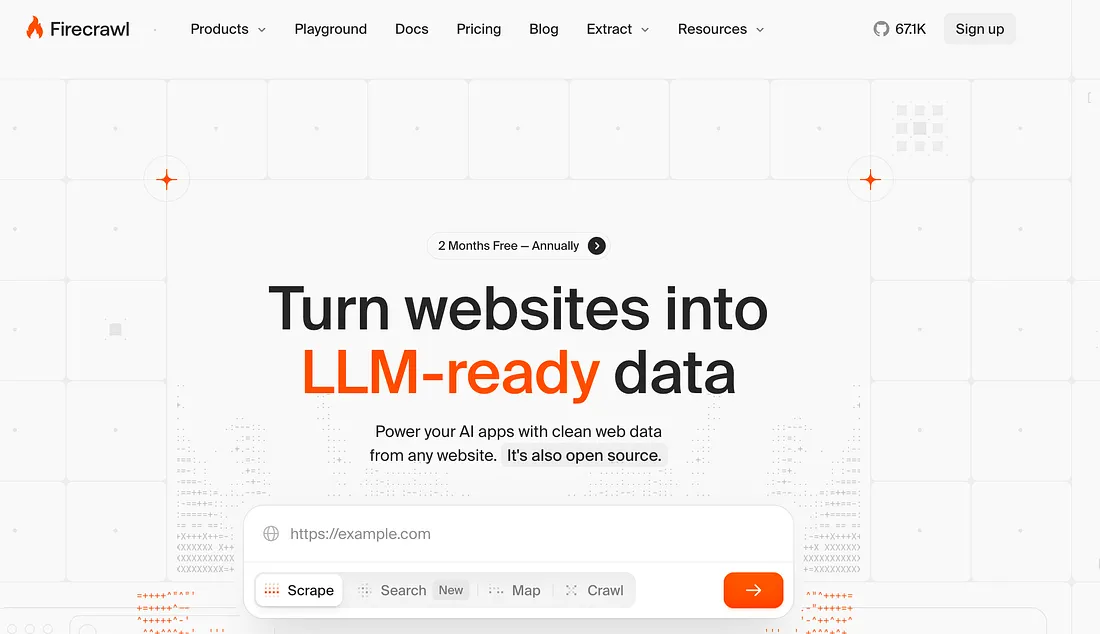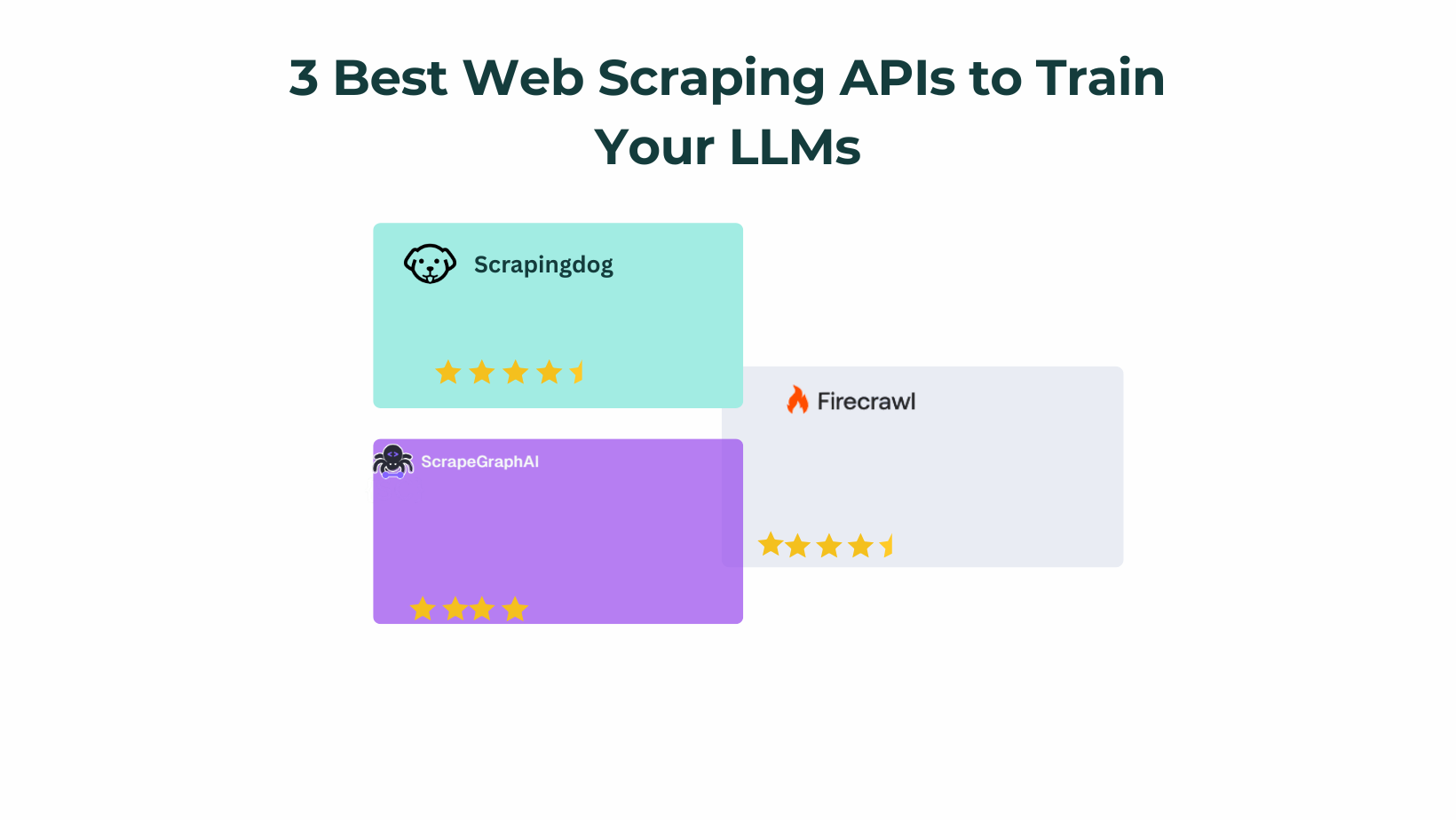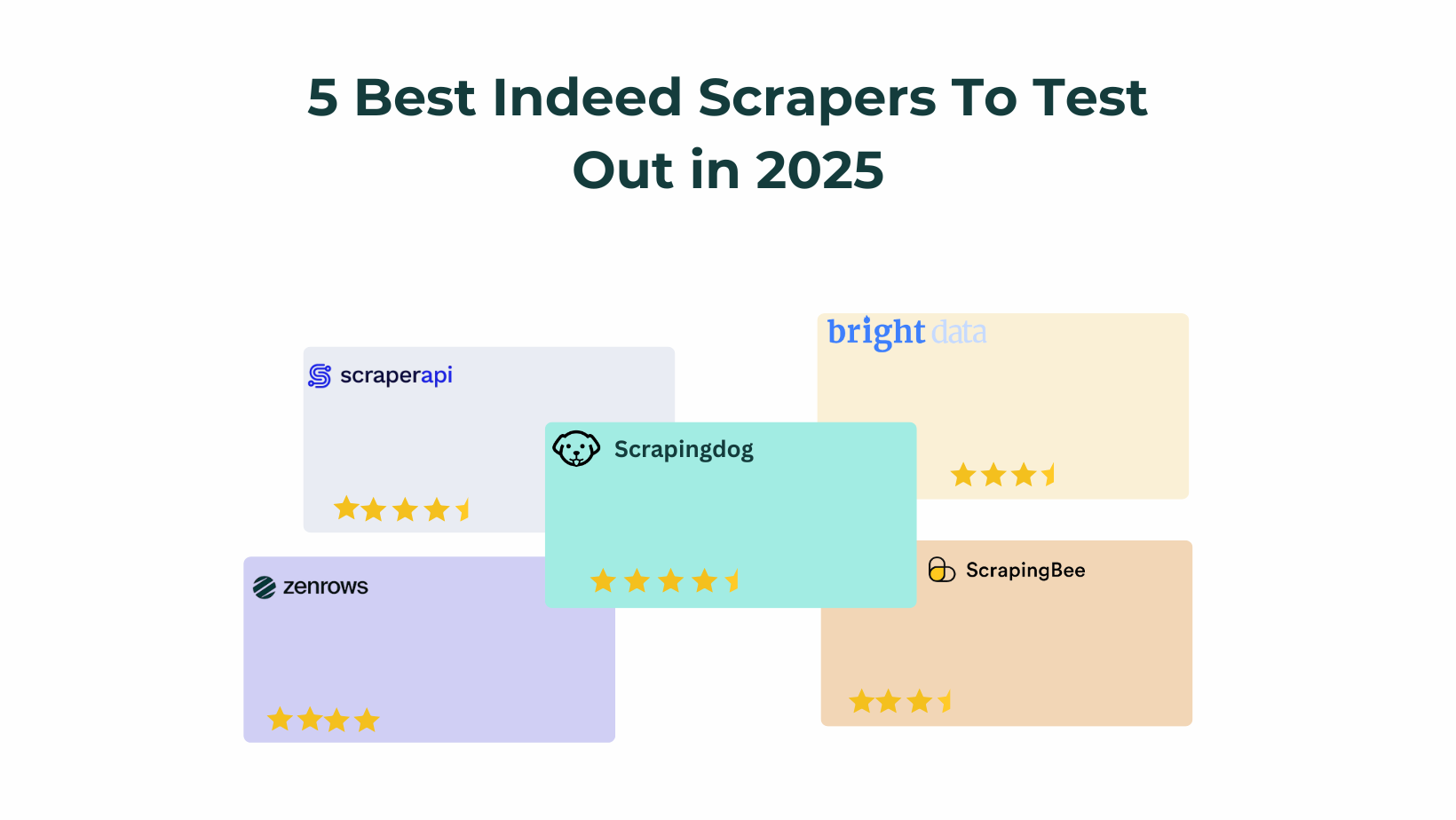If you’re training large language models (LLMs) or fine-tuning retrieval-augmented generation (RAG) systems, you need one thing above all: data at scale.
Clean, structured, and diverse data is what separates an average model from a competent one.
Websites today utilize dynamic content, JavaScript rendering, and bot protection layers that render traditional scraping ineffective.
In this guide, we will explore some of the best APIs that can be used to extract data and provide the output data in Markdown format.
Why Markdown Format Works Best for LLMs
For LLMs to train, not all data formats are equal. Markdown is lightweight like plain text yet structured like HTML, which makes it a sweet spot format.
This structure facilitates models’ understanding of context, hierarchy, and semantics. For example, distinguishing between a title, a subheading, or a list of steps. That is exactly why APIs that output Markdown are becoming the preferred choice for creating LLM-ready datasets.
Let’s now jump into the APIs that can extract clean, structured content ready for use in LLM training pipelines.
Best Web Scraping APIs for Training LLMs
Scrapingdog
Scrapingdog is a comprehensive web scraping API designed to handle large-volume, JavaScript-heavy pages with ease. It supports real browser rendering, automatic CAPTCHA solving, and IP rotation which all are crucial for building large datasets reliably.

With our general scraper you you can get the output in Markdown format, making it immediately usable for model ingestion. Developers can scrape articles, documentation, or entire websites while preserving structure and hierarchy without HTML clutter.
The API can be integrated into your system easily & you can scale to millions of requests, and covers all essential parameters like geo-targeting, headers, and cookies. Be it domain-specific data or general web content, Scrapingdog helps ensure you get clean, structured, and LLM-ready data.
Scrapegraphai
Scrapegraph AI is a relatively new player in the web scraping space, and it now offers Markdown output through a feature called Markdownify. This service transforms webpages into well-formatted Markdown by extracting only the relevant text and structural elements like headings, lists, and links.

While testing it, I found the API to be stable, responsive, and production-ready. It handles general-purpose content extraction well and delivers results in a predictable format.
Markdown is returned by default when using the Markdownify route, but developers also have the flexibility to switch between HTML and JSON formats by adjusting a simple parameter, useful if you want to run multiple post-processing pipelines from the same API.
From a cost-to-value perspective, it is an economical option. The Markdownify endpoint is especially helpful for quickly converting large volumes of web content into training-friendly input without needing to clean raw HTML or parse messy layouts.
All in all, it’s a lightweight but practical solution that fits neatly into any pipeline.
Firecrawl
Firecrawl has positioned itself as a specialized tool for extracting clean, LLM-ready data from websites. It supports structured output in Markdown format and allows developers to configure the format via a simple parameter during the request, making it quick to plug into any AI training pipeline.

In testing, the API showed strong consistency. It successfully scraped and converted content-heavy pages into well-structured Markdown without missing key elements. The output was clean, readable, and required minimal post-processing. Firecrawl’s documentation is developer-friendly, and the setup flow is smooth, especially for teams looking to move fast.
One point to note: while Firecrawl delivers reliable results, it sits slightly on the higher end in terms of pricing compared to other tools. That said, for teams prioritizing data quality and clarity in their LLM pipelines, the tradeoff may be worth it.
Conclusion
Each of the mentioned API has pros & cons of its own. The good thing is that you can test each of them out & see which one would fit in your budget & use case the best.
In case you need any help to integrate Scrapingdog’s APIs into your workflow, do reach out to us on Chat or email us at [email protected].
Additional Resources
FAQs
JSON is generally considered the second-best format after Markdown for training LLMs. It provides structured, machine-readable data that preserves relationships between fields, making it ideal for learning patterns, entities, and schemas.
Raw HTML includes scripts, navigation, ads, and other noise that can dilute training data quality. Markdown or cleaned formats are easier for models to learn from.
Long-form articles, technical documentation, FAQs, product pages, and tutorials — anything with structured, explanatory content.
Look for structural consistency, low noise, semantic accuracy (e.g., heading levels make sense), and absence of boilerplate like nav bars or footers.

